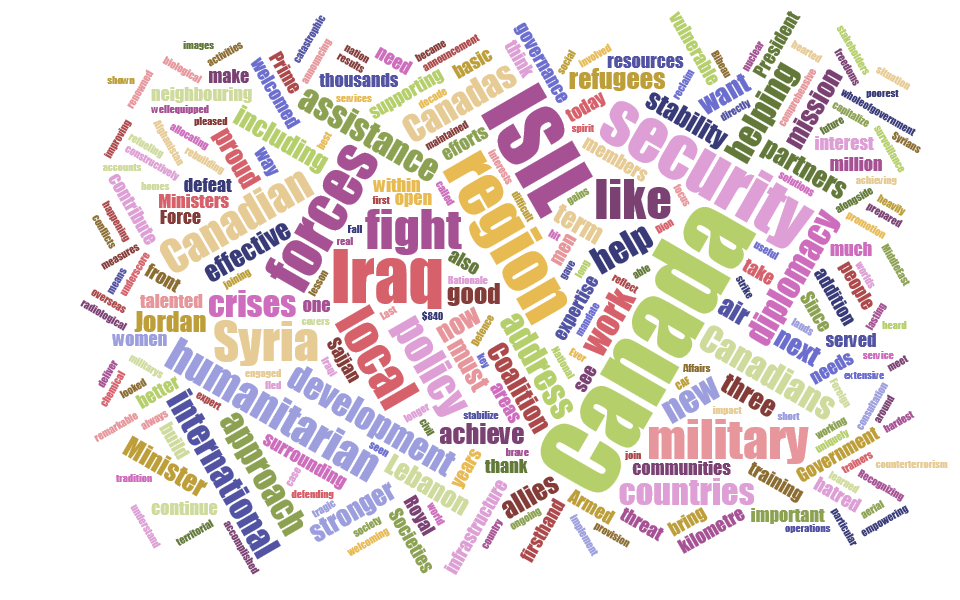Chris Pook said:
If I read that chart right then we have MacKenzie King storing gold, St-Laurent filling the coffers hand over fist, Diefenbaker selling gold, early Pearson going back to St-Laurent's policy with late Pearson commencing a sell off that continued through early Trudeau up to the oil shock of 73 at which point Trudeau held. Mulroney then sold off during his tenure, depleting the horde and Chretien sealed the deal. Harper initiated a very modest buy when the dollar was strong and immediately sold off when the dollar was week. Trudeau seems to have increased the rate of sell off.
Gold can act as surge tank, or buffer, for the economy, allowing plans to proceed independently of the Just In Time economy.
You may read the chart that way, Chris, but you have to take into consideration the following when reading it (and it will also answer in part people wondering what happened to the money generated by the deal:
To understand the apparent huge acquisition of the 1940-55 period and sell off beginning in about 1980, you have to understand the world monetary system at the time. We are then in an international economy based on what is known as the gold standard, that is countries money is guaranteed by gold reserves, and in theory you could actually "cash" your money for its gold reserve value. This explains why between 1940-55 our reserves go up so much: European countries are using their gold to pay back their debts to the government of Canada and our huge industrialization during the war has greatly boosted the size of our economy, which is reflected in the supply of Canadian money in the economy.
However, starting with WWII, the US dollar becomes so prevalent that it is easier to use it in international money exchange as the "reference". Thus, shortly after the war, the Bretton-Woods accord is struck and we enter a period known as the gold exchange standard. In that period, gold's value is set at a US $ price and all other moneys set their values in relation to the US$, at a fixed rate subject to revision from time to time.
This system did not provide much flexibility and as the US economy went into a huge valuation, its stressed the fixed value of gold and the fixed value of other countries money. So in the 70's the values started to strain and some changes in the fixed rates started to occur, ultimately leading to completely floating rates for foreign exchange in relation to the US $. To avoid depletion and the transmission of economic downturn from countries entering recession into the US economy trough the gold reserve/floating mechanism, the US finally decided in 1976 to abandon the gold standard altogether and from that point on the US$ became the international standard on its own merit without supporting reserve.
Therefore, starting in 1976, the holding of gold reserves as an international monetary support ceased to matter. What mattered were the reserves in US$ that a country held. It took a few years for all that to sink in to the central banks that were holding the countries gold reserve but basically, starting a few years later, they all began to sell off gold to the US in exchange for US$ in order to build up their US$ reserves instead. If you pull the Bank of Canada US$ account graphs, you can see the correlation.
All of this, Btw, is controlled by the Bank of Canada in Canada, and we should not necessarily see the hand of the Government of Canada directly in the decision making process, even though the Bank takes into consideration the policy decisions made by the Department of Finance.
So to answer the "where did the money go" question, it simply went from the Bank of Canada gold holdings account to their US$ holdings. After that, I suspect that the Bank used some of these US$ to buy Canadian dollars on the international market as a mean of stabilizing the swings it has been suffering lately with the volatile oil market. So, no, that money is
not budgetary money for the Government of Canada and won't affect the up coming budget deficit.
Everything is connected in the international monetary system.
 ... and this from just the PM's text:
... and this from just the PM's text:






